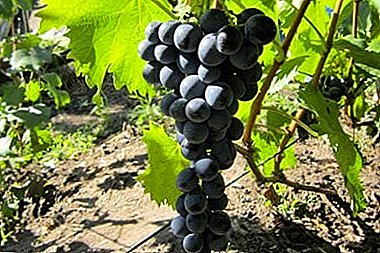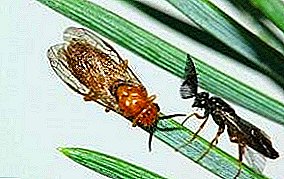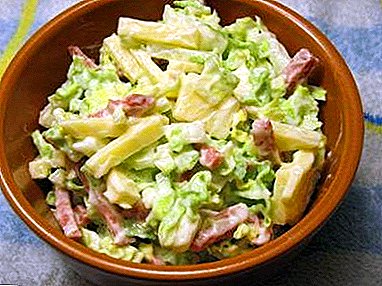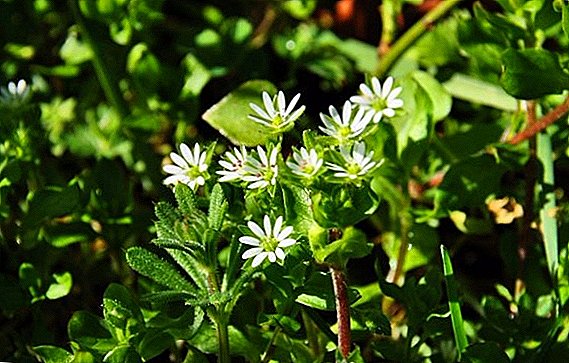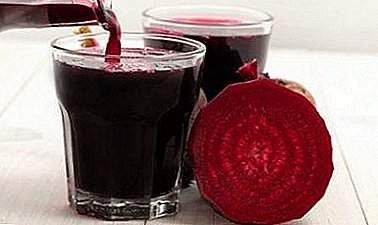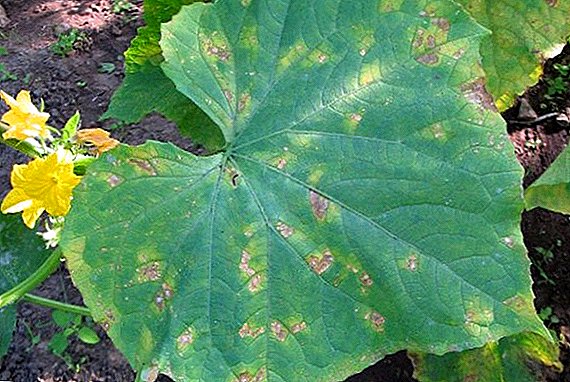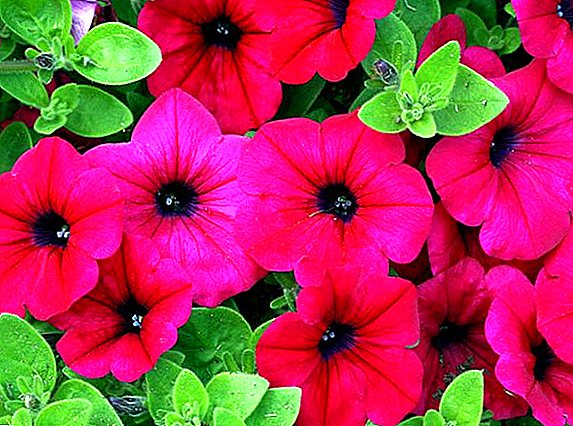 An interesting and beautiful petunia flower, though resistant to all kinds of diseases and accustomed to grow in conditions of high humidity and heat, but we are in the front garden is the real test.
An interesting and beautiful petunia flower, though resistant to all kinds of diseases and accustomed to grow in conditions of high humidity and heat, but we are in the front garden is the real test.
Most of the pests and diseases get into the garden along with the seedlings, so if you want to grow petunia in your area, you should know a little about how to deal with various ailments and parasites.
Methods to combat petunia diseases
The number of plant diseases that a gardener may encounter is not that small. An important point is the prevention of diseases of petunias, which largely depends on the conditions of its growth.
Petunia’s homeland is South America with its high humidity and hot temperatures. Therefore, the plant may not feel quite comfortable in our latitudes and be exposed to various ailments.
However, with due attention of the gardener, the southern beauty will delight you for many years. Diseases of this plant can be both viral and bacterial or fungal.
Did you know? Discovered in 1921, the asteroid is named after petunias.
Mealy dew
Mealy dew - fungal disease that lives in the upper layers of the soil. The cause of the development of the disease is cold air, irregular watering, too thick plantings, as well as a high content of nitrogen in the soil.  Often mildew infection occurs from a number of growing diseased plants or through contaminated water during watering. Immediately notice the problem - not easy.
Often mildew infection occurs from a number of growing diseased plants or through contaminated water during watering. Immediately notice the problem - not easy.
Initially, the fungus appears on the leaves closer to the root in the form of a whitened plaque, but later the tidying stalk with a bud covers it. The end of the development of the disease is rotting and death of the flower.
For the treatment of powdery mildew Petunia must remove all damaged leaves and buds. Be sure to remove the top layer of soil, replacing it with a well-fertilized soil.
You also need to treat the plant with fungicide "Topaz", or a similar drug, making sure that the solution covers the entire flower.
In the future, control the watering and do not let the plants thicken, which will help protect the petunia from this disease.
Brown spot
 The causative agent of this disease is also a fungus, which is manifested as a result of increased air humidity or due to mechanical damage to the plant.
The causative agent of this disease is also a fungus, which is manifested as a result of increased air humidity or due to mechanical damage to the plant.
Recognizing the disease is easy enough; one has only to pay attention to brown spots that often take on a rusty hue. Light spots appear on these spots where fungal spores soon form.
The leaves with brown spots start to fade and soon die off completely. In the fight against brown spot, it is necessary to cut and destroy the diseased leaves and timely remove fallen leaves.
For prophylaxis flowers should be treated with solutions containing copper (copper oxychloride or Oxyhom will work fine). Processing should be carried out at intervals of 10 days.
White rot
 The root cause of the appearance white rot is high humidity at low temperatures. In addition, the green light of its development and give thick plantings, especially in combination with too acidic soil.
The root cause of the appearance white rot is high humidity at low temperatures. In addition, the green light of its development and give thick plantings, especially in combination with too acidic soil.
A flower is infected not only through damage, but also by soaking up the fungus through the stomata. The disease manifests itself in the form wet brown spots, and in conditions of high humidity may appear white bloom.
The stems damaged by white rot become soft and light in color. Myceliums are formed in the stalk and on the surface, which soon mature in sclerotia.
Sprouts that are above the affected part die off completely. In this way, rot can strike all parts of a flower.
To fight with contagion, complete digging and saturation of the soil with lime is necessary. All damaged stems and leaves are immediately removed, after which the plant is treated with charcoal.
To keep development disease can be poured around the plant with crushed ash, but completely eliminate the use of chemicals that can be easily found in modern stores, still not worth it.
Did you know? Petunia is often called the "Balcony plant"
Blue rot
 Wet rot It is often the result of too deep planting, over-oxidation of the soil and high humidity. The disease successfully tolerates low temperatures, and can develop as little as + 3 ° C.
Wet rot It is often the result of too deep planting, over-oxidation of the soil and high humidity. The disease successfully tolerates low temperatures, and can develop as little as + 3 ° C.
When infected with wet rot, the stems closer to the root become covered with oily, brownish spots. The leaves shrink and wrinkle. Sclerotia are formed on the stem, covered with felt bloom. Plants can be stunted, yellow and die. Infection can overtake petunia at any age.
When fighting with ailment, it is necessary to remove diseased plants, as well as to use special chemicals (for example, Ridomil or Profit).
For warning diseases can be treated with Phytosporin plants.
Gray rot
 Low temperature and thick seeding may result in gray rot petunias. Also, the development of the disease is often influenced by a lack of light and an excess of nitrogen in the soil. Stems with leaves are affected through open damaged areas, and flower infection occurs through the pistil.
Low temperature and thick seeding may result in gray rot petunias. Also, the development of the disease is often influenced by a lack of light and an excess of nitrogen in the soil. Stems with leaves are affected through open damaged areas, and flower infection occurs through the pistil.
There is rot in the form of brown spots (reminiscent of a rash), which later become covered with a grayish fluff. After a while, the affected parts of the plant wither, and soon they completely rot. If the infection is too strong, the whole flower may die.
The development of the disease stops when the temperature rises above + 25 ° C. Also it is necessary to trim damaged areas in time and clean the soil from rotten leaves.
Fertilization of plants with a high content of potassium and phosphorus will benefit. You can use drugs "Skor" or "Maxim", but they will not be very effective with a strong infection.
Blackleg
 By its symptoms fungus black legs Petunias are very similar to wet rot. The disease affects young saplings and if no action is taken, you can lose the entire garden of petunias.
By its symptoms fungus black legs Petunias are very similar to wet rot. The disease affects young saplings and if no action is taken, you can lose the entire garden of petunias.
The manifestation of the disease is due to the high density of plantations, high humidity and acidity of the soil.
To prevent the disease, you need to spend more time prevention: use a less heavy substrate with reduced nitrogen content; avoid thick sowing and moderately water the plants.
A good preventive effect against the black leg of a petunia will give watering soil preparations containing sulfur.
Late blight
 Usually manifestations of the disease is diagnosed on the basis of the stem. It darkens and gradually decays, after which the plant begins to wither and eventually dies.
Usually manifestations of the disease is diagnosed on the basis of the stem. It darkens and gradually decays, after which the plant begins to wither and eventually dies.
Late blight affects the plant at any age, the cause of which are cold nights and copious amounts of dew.
Handle plants need drugs "Ridomil" or "Profit". Copper oxychloride also helps well. All these solutions can be used not only for treatment, but also for prevention.
Important! Do not give too much shadow to petunia. From this plant begins to languish.
How to deal with petunia pests
Unfortunately, not only various diseases, but also various pests can deliver the troubles to the gardener.
Pest control of petunias is not as difficult as it may seem at first glance, but the prevention and timely treatment of plants for aphids, thrips, slugs, will help you enjoy the flowering and bright colors of your front garden.
White fly
 Why do petunia leaves turn yellow? Sometimes hiding under the leaves small white midges, like a mole. They are called whiteflies and at the slightest touch they fly to the nearby plants.
Why do petunia leaves turn yellow? Sometimes hiding under the leaves small white midges, like a mole. They are called whiteflies and at the slightest touch they fly to the nearby plants.
Symptoms the presence of this pest is yellowed leaves and their subsequent withering.
When fighting with whiteflies it is not bad to use glue traps that can be used not only for catching, but also for monitoring insect populations. If the number of whiteflies increases, chemicals such as Aktara or Mospilan will help.
The natural enemy of the whitefly are ladybugs, a small number of which can destroy a colony of pests in a relatively short time.
Spider mites
 Spider mite often invisible to the human eye and recognize the pest only on the web on the leaves, and white, spotted discharge.
Spider mite often invisible to the human eye and recognize the pest only on the web on the leaves, and white, spotted discharge.
Such mites can colonize from plant to plant destroying them. White spots grow on the web, after which the leaves begin to wilt, and then fall off.
Fight with pests can be a popular method. To do this, it is enough to make an infusion of medicinal dandelion (30 g. Per 1 liter of water), and spray them with a plant. As an alternative solution to the problem, you can use chemicals, such as: "Neoron" or "Apollo."
Aphid
 One of the most dangerous pests of the garden - aphid, which can often be found on petunia. A plant can be threatened by over a hundred species of this parasite.
One of the most dangerous pests of the garden - aphid, which can often be found on petunia. A plant can be threatened by over a hundred species of this parasite.
In areas of the flower affected by aphids, there are drops of sweet dew, to which eventually the fungus joins. This leads to the fact that the leaves begin to lose shape, and the buds wither over time.
The plant dies, including from various viral diseases, the carriers of which are aphids.
To fight with a parasite it is best to attract its natural enemies: the golden-eyed and the ladybird. You can use the chemical method. Perfectly fit drugs "Fufanon" and "Aktar".
Thrips
 Small brown pest in length not exceeding 1 mm. Most often, thrips are kept in a group, and can live not only on the inside of the leaf, but also on the outside.
Small brown pest in length not exceeding 1 mm. Most often, thrips are kept in a group, and can live not only on the inside of the leaf, but also on the outside.
Learn about the presence of the parasite can be on white dried stripes on the leaves. Buds and flowers quickly lose their shape, and the plant itself fades over time.
At the first manifestations of pests, it is necessary process petunia drug "Spintor-240", or use insecticides like "Ankara" or "Confidor", performing processing plants several times a week.
Slugs
 One of the most harmless parasites are considered slugs. Their invasion does not lead to decay and wilting of plants.
One of the most harmless parasites are considered slugs. Their invasion does not lead to decay and wilting of plants.
You can recognize slugs by the characteristic holes left on the leaves and flowers. However, this is more of an aesthetic harm, expressed in damage to the appearance of your front garden.
Get rid of from such a pest is easy, enough to sprinkle the earth around petunias superphosphates.
Prevention and protection of petunias from pests and diseases
If you still decide to plant a flower in your garden, you should know about the pests and diseases of petunias.
To prevent trouble it is enough to adhere to some prevention of petunia diseases: use the optimal soil composition (not heavy and not acidic), observe the distance between plantations, water it in a timely manner and monitor the level of nitrogen in the soil. It is also important not to allow moisture to stagnate in the ground.
By following these simple tips, you will long enjoy the blooming southern beauty.





